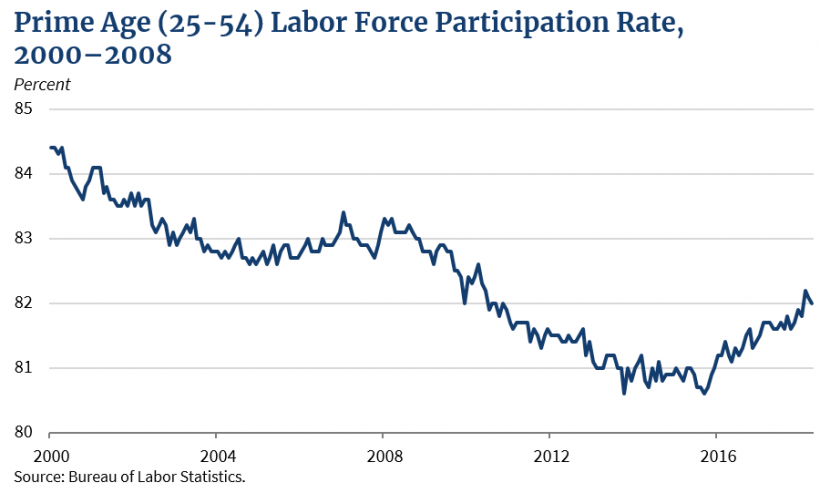The Bureau of Labor Statistics (BLS) released its monthly Employment Situation Report showing that nonfarm payroll employment rose by 164,000 jobs in April 2018. The U.S. remains in the longest consecutive monthly job growth streak on record, and job growth for 2018 is averaging 200,000 jobs per month. More than 2.7 million jobs have been added to the economy since President Donald J. Trump took office in January 2017 and more than 3 million have been added since his election in November 2016.
Since the President took office, the mining sector has added 84,000 jobs. In April alone, employment in mining rose by 8,000 jobs. Construction has added 363,000 jobs since November 2016, and manufacturing has created 316,000 jobs over the same time frame.
The BLS’s Household Survey revealed that April’s unemployment rate edged down to 3.9 percent after six consecutive months at 4.1 percent. April’s unemployment rate is the lowest since December 2000. The unemployment rate for African Americans reached a series low, ticking down 0.3 percentage point (p.p.) to 6.6 percent, and the rate for Hispanics also fell by 0.3 percentage points to 4.8 percent, matching a series low.
For prime-age workers (age 25 to 54), the labor force participation rate in April declined slightly relative to the rate in March, but participation for this population is up substantially since President Trump was elected. This climb, from 81.3 percent participation in November 2016 to 81.5 percent in January 2017 to 82.0 percent in April 2018 reflects the entry of nearly 900,000 prime-age workers from the sidelines into the labor force. Continued pro-growth policies may help boost this number even further. A return to the prime-age participation rate apparent in 2007, just prior to the Great Recession, would bring an additional 1.3 million prime-age workers into the labor force.

